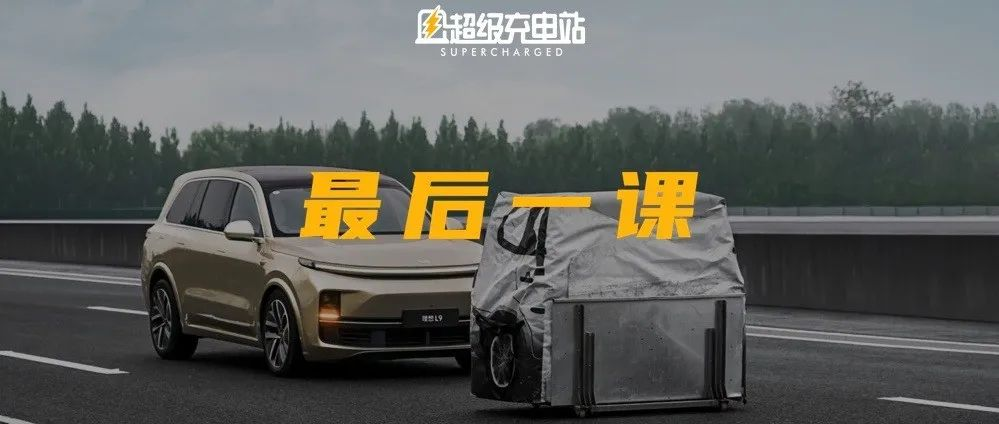Author: Miezong
Ideal Safe Driving Academy, the last class before entering society for Ideal L9.
As Marx said, the essence of human is the sum of all social relations. Even a lone wolf, a self-employed person, unless he stays away from society and lives alone in the wilderness, he needs to interact with others.

In our daily lives, we come into contact with cooperative colleagues, counterparts, property management, committees, utilities, and most importantly-family.
We are particularly fond of colleagues who have a tacit understanding. He knows what you need, you know what he can offer, and you can work together to complete the task more efficiently. We certainly hope that our partner can also tacitly cooperate with us. For instance, in my imagination, the two of us live together and I sweep the floor while he washes the dishes, I do the laundry while he cooks…but to achieve this kind of seamless coordination, it requires a long time of understanding and adaptation.
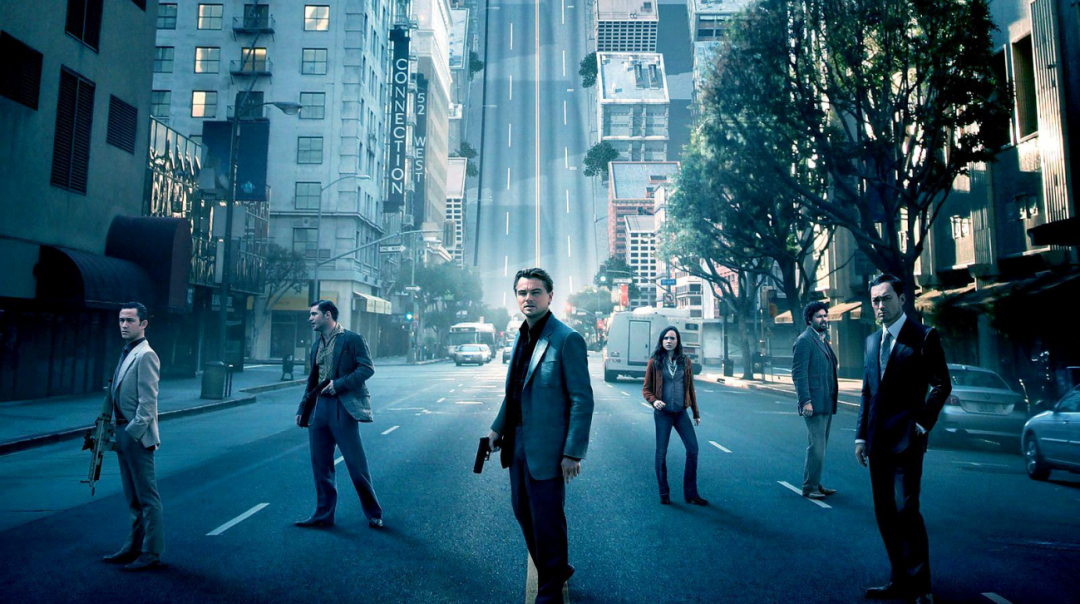
The Ideal Car Safety Driving Academy I attended this Friday is a place for car owners and future family members- Ideal L9- to adapt.
Vehicle Manufacturing Philosophy
Ideal Automobile, formerly known as “Car and Home”, has always been a leader in the niche market of electric cars for fathers with children, achieving monopolistic results in the niche market. At the beginning of this course, Ideal also promoted the slogan “Creating a Mobile Home, Creating a Happy Home.”
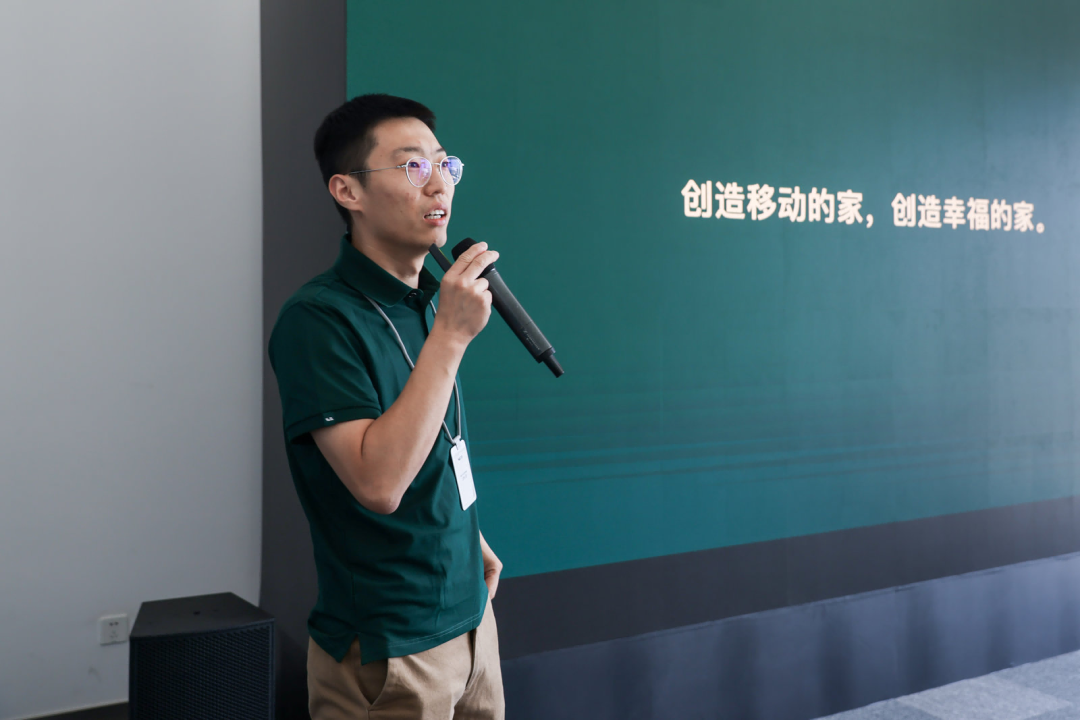
Therefore, Ideal L9 is not only a car, but also a family member. It is not only a tool, but also a partner that accompanies you to face various road conditions. Thus, just like colleagues or spouses, understanding and adaptation are crucial, and the Safety Driving Academy provides an excellent opportunity to learn the ability boundaries of the vehicle.
It’s like recommending couples to take a long trip to deepen their understanding before marriage.
In my imagination, every new owner of Ideal L9 should attend the Safety Driving Academy training before driving the Ideal L9 on the road.
After all, safety is the guarantee of a happy home.
Safety Limits
The Safety Driving Course I attended this time is mainly divided into three courses: special road driving safety, city road driving safety, and intelligent driving safety.
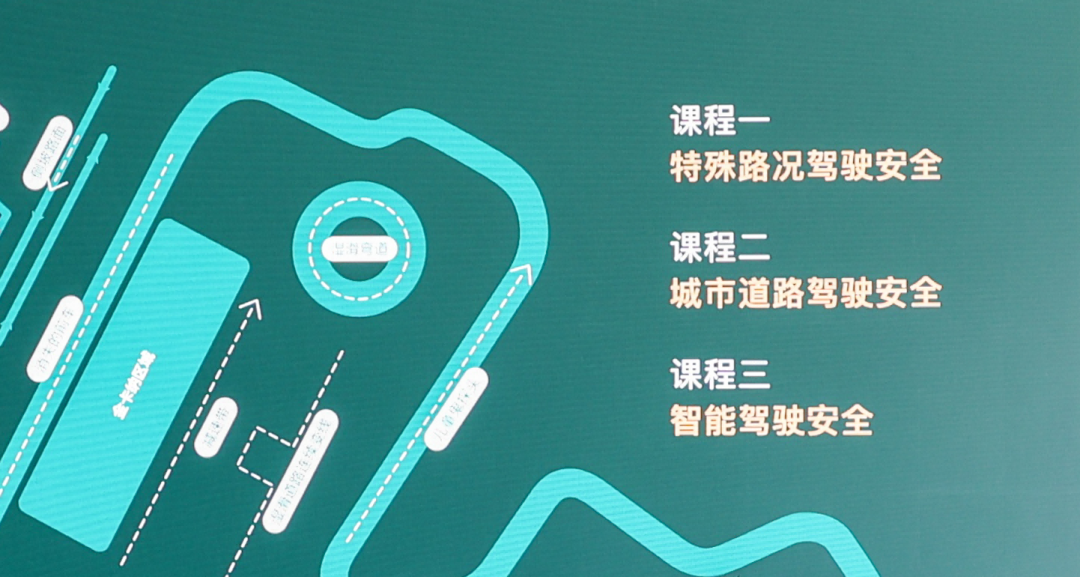
The introductory session before the course briefly introduced several projects that the Safety Driving Academy will undertake, each corresponding to everyday scenarios, the targeted optimizations made by the Ideal L9 development team under different scenarios, and response strategies for when the advanced driver assistance system is activated.
Of course, the most important content here is when the advanced driver assistance system fails to function. In this section, the lecturer described the philosophy of Ideal L9 for bringing safer, more convenient, and comfortable intelligent electric cars to car owners.
It should be noted that these three points are not parallel; safety is the most important project of the three, and Ideal L9 represents that it will not sacrifice safety for convenience and comfort.
As your travel companion, Ideal L9 does not simply claim to have no problems in terms of safety, but rather takes on responsibility and provides candid responses for what it cannot do, as human and car cooperation can achieve a higher level of safety.
Just like how traditional safe driving training has driving awareness training such as defensive driving, the goal of the entire Ideal L9 safe driving program is to teach everyone when risks occur and how to respond to them. Only then can safer driving be achieved.
In short, it is important to tell you a concept—boundary.
So, I believe that the theoretical knowledge in this part can actually be more detailed or even include question-and-answer or examination sections, as it is an important part of quickly understanding the boundary capabilities of your future family member and buddy, the Ideal L9.
Driving Experience
The urban driving section mainly consists of the following experiences: driving on wet city curves, quick lane changes on different road surfaces, a narrow-area U-turn utilizing the 360° surround-view and transparent chassis function, and off-road driving.
The city driving section begins by accelerating over a speed bump and then coming to a stop in a spacious, safe, and non-sprayed location for circular track driving. After two laps, a quick lane change on a different road surface is made. The coach drove around with the group first, and my evaluation of this was “it’s thrilling and exciting to drive like that, but let’s not do it again next time.”
Then, it was my turn to drive. I accelerated to around 60km/h, crossing the speed bump on the high-speed road without feeling it, before decelerating to enter the circular track.
Under the guidance of the coach, I started off circling at 40km/h and slowly accelerated to 60-70km/h. The car body leaned, and I felt lateral acceleration in my body while sitting inside the car, and needed to rely on my outer leg for support. Finally, I ended this circular driving section with a screeching of tires.This test is a challenge for the Ideal’s self-developed chassis control system. In the constant-radius driving section, the steering wheel maintains a stable direction, bringing sufficient confidence to the driver.
After the constant-radius driving section is an emergency lane change section with two different road surfaces – one is asphalt road with high friction and the other is concrete road with low friction. When traveling at a speed of nearly 50 km/h, suddenly changing from the asphalt road to the concrete road and then back, Ideal L9 performs very stable. The traction control system intervenes in a timely manner and passes the test smoothly with almost no sensation.
However, due to the large speed gap with the instructor, the excitement of driving by oneself is reduced, far less stimulating than riding in a coach.
The driving section in the countryside includes slope driving, continuous cross-axis, steep slope, and water wading. The main point is to switch driving modes for different situations, such as lowering the body height for slope driving, and raising the car by 40mm with the off-road rescue mode for steep slopes and water wading. It is also recommended to turn on the pure electric mode when wading through water, and all these require the use of the 360 degree panoramic camera to carefully observe blind spots. The rest is to maintain throttle stability, continuous acceleration, and low speed.
I think the most interesting part of this section is the slope driving, especially the slope driving in the passenger seat. Because the sensation of suspension is very exciting at this time. The second is the steep slope climbing section. Since it comes after the water wading section, the tires and brakes are wet, and the road surface has also been wet by other vehicles. At this time, you need to slowly increase the throttle and maintain the throttle while climbing. Although there is slippage, the electronic limited-slip system controls the power very well, and this 40-degree slope is not difficult for novices like me.
However, after experiencing all four items, I feel that most car owners will find it difficult to encounter these scenes during decades of driving. Nevertheless, the “law of large numbers always works”, and why are there people who have to drive up to become Buddha on Ideal Hill?
Therefore, Ideal has designed this section specifically to tell car owners that their Ideal L9 can handle such environments, and more difficult places should not be easily damaged by you or your family, friends, or beloved car.
ADAS
Finally, we come to the ADAS section that we are most concerned about at our Supercharging station. However, what we experience here is not the navigation assistance system that we have already demonstrated. This experience includes a total of four items, involving two safety-related ADAS functions – Automatic Emergency Braking system detecting ghost cars and disappearing preceding vehicles, as well as the LIDAR system detecting overturned vehicles and water horses.

It is difficult to avoid accidents like the kid pops up from the car. It has also been frequently mentioned in hot searches. Our Weibo account @Super Charging Station Editor-in-Chief has also discussed this issue many times. The initial reaction after watching many nearby car accident videos is that ordinary people cannot cope with it. The conclusion is to be cautious and slow down where the vision is poor, and for parents, they must take good care of their children and hold the young children by the hand.
When I first heard about the Disappearing Front Car Project, I thought it was because the assisted driving system could not recognize stationary or irregular vehicles, which caused it not to render and couldn’t be seen on the car computer.
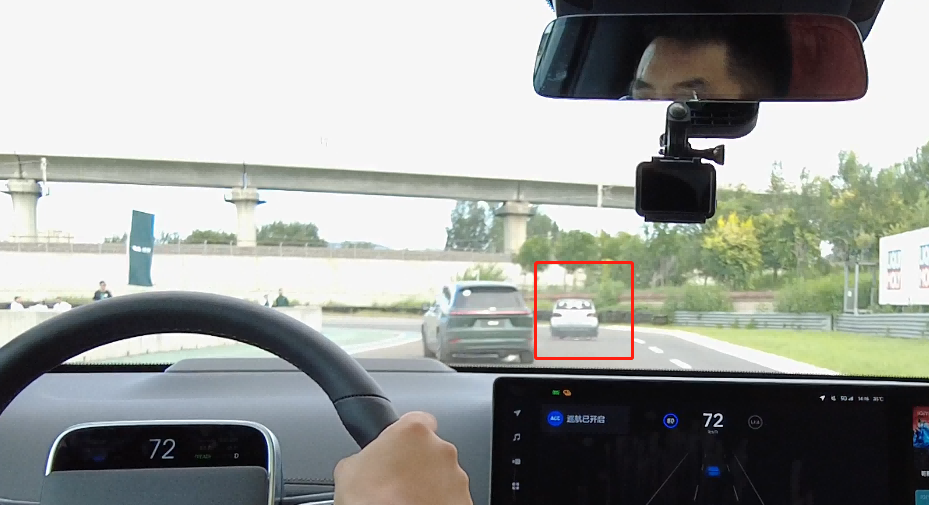
In fact, this project is launched when we start automatic cruise following. When the front car encounters a stationary vehicle and swerves to avoid it, as the back car, if our attention is not focused and our reaction is not timely, we are likely to rear-end the stationary vehicle.
When the car suddenly changes lanes, the vehicle sensor detects the distance when it reaches the tail of the stationary vehicle in front. If the distance is far away, the ACC will brake. At this time, the braking force is relatively soft and it will slow down gradually. Once the distance is close, the AEB will be activated for emergency brake, which is equivalent to stepping on the brake pedal as hard as possible, and the braking is very severe.
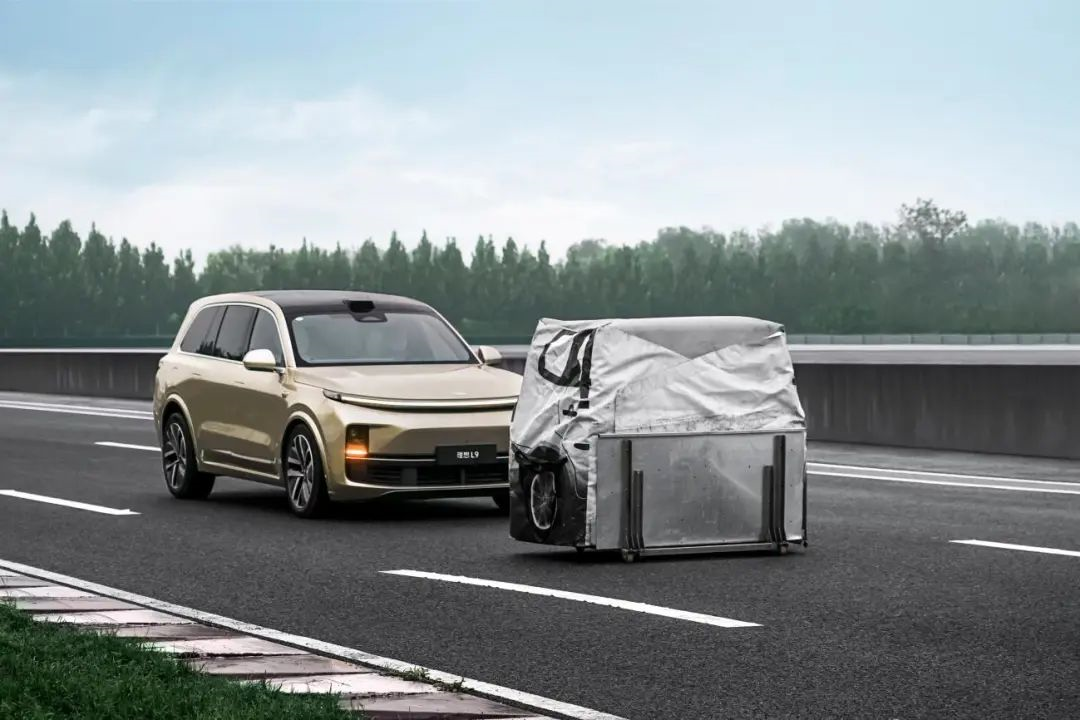
In this project, since the same Ideal L9 has been used in the experience all the time, after successfully stopping urgently at a continuous speed of 70 kilometers per hour for several times, the brakes overheated, and the heat attenuation did not stop, causing a minor rear-end collision.
As for the other two projects, it is easy to understand to use laser radar to recognize overturned vehicles and water horses. Since it relies on laser radar for recognition, it can only take effect after NOA is started.

When NOA is started and the laser radar recognizes that there is an overturned vehicle or a water horse in front, it will slow down and brake slowly until it stops, and the entire braking process is relatively soft.
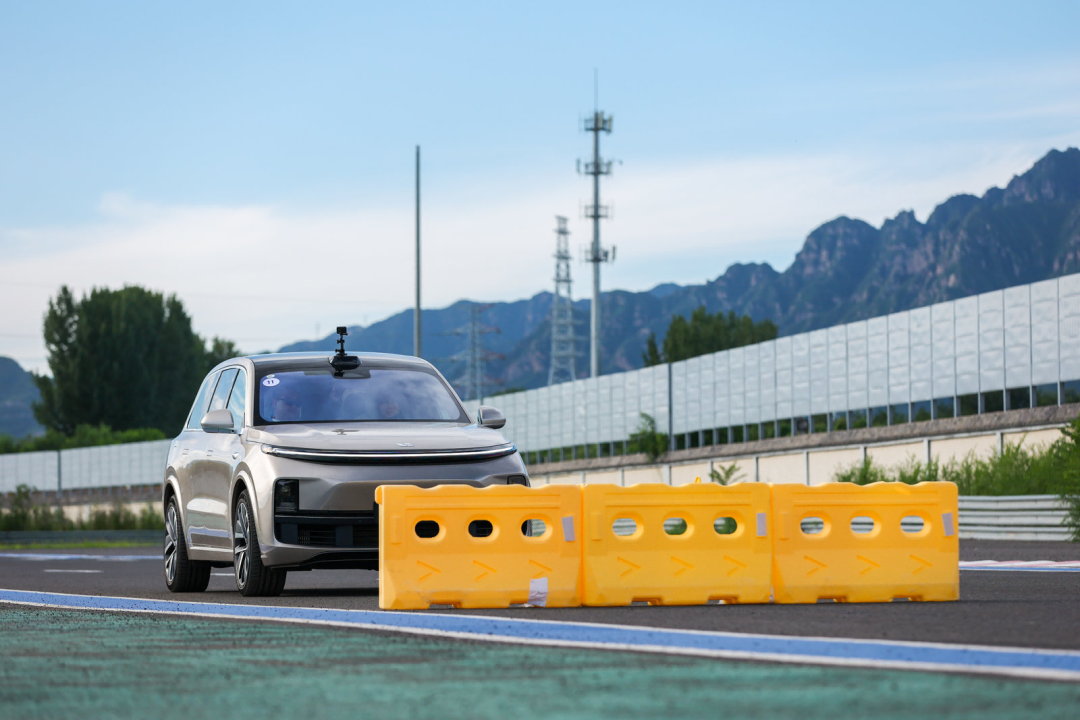 Later on in the QA session, someone asked if an ideal LiDAR could recognize flipped-over cars and water horses, when will it recognize other things such as small animals? This of course, depends on further annotation and training, as recognizing one thing is just the beginning, and minimizing false positives is essential.
Later on in the QA session, someone asked if an ideal LiDAR could recognize flipped-over cars and water horses, when will it recognize other things such as small animals? This of course, depends on further annotation and training, as recognizing one thing is just the beginning, and minimizing false positives is essential.
Similarly, in the final QA session of this course, I realized that many people may not have a complete understanding of the various system functions in cars. Not all the equipment in a car is always operational, as for various considerations, one would try to cover more scenarios and solve more problems with lower power. Additionally, all equipment has a lifespan, so it must be used frugally while ensuring safety. In an ideal L9, one can assume that only the LiDAR will begin to work after the NOA (Navigate on Autopilot) is activated.
The AEB (Automatic Emergency Braking) system is a default, all-domain, and always-on function, relying on cameras and mm-wave radars to identify traffic participants and actively brake when the safe distance is exceeded. AEB and LiDAR currently have no relationship.
Meanwhile, AEB has a smaller and more accurate recognition range, but it also has many limitations.
First, its recognition ability is limited to traffic participants, so it can only recognize vehicles and pedestrians on the road, including bicycles, and it cannot identify various obstacles or some special vehicles. Therefore, in the future, when encountering a situation where AEB did not activate when hitting a wall or stone pier, remember that AEB has limited capabilities and cannot recognize such obstacles. Additionally, it also has requirements for the orientation, movement direction, and position of these traffic participants.
Some people may ask, what’s the point with all these limitations? From my previous experience, at least it is quite useful for normal driving.
Second, speed is another limitation. AEB has limits on speed for different situations, and when it works, the maximum speed reduction is not more than 70km/h. The ideal L9 is not Superman, its AEB function cannot surpass the physical limits of reaction time and braking distance, and it cannot have a bioprotective field like Superman to catch falling Louise.Finally, sometimes AEB won’t work for safety reasons. For example, when the driver actively stomps on the brake, hits the accelerator pedal hard, or jerks the steering wheel, as well as when the in-car sensors detect passengers not seated or holding children. These situations are easily understandable, as they prevent AEB from interfering with the driver and causing harm to passengers.
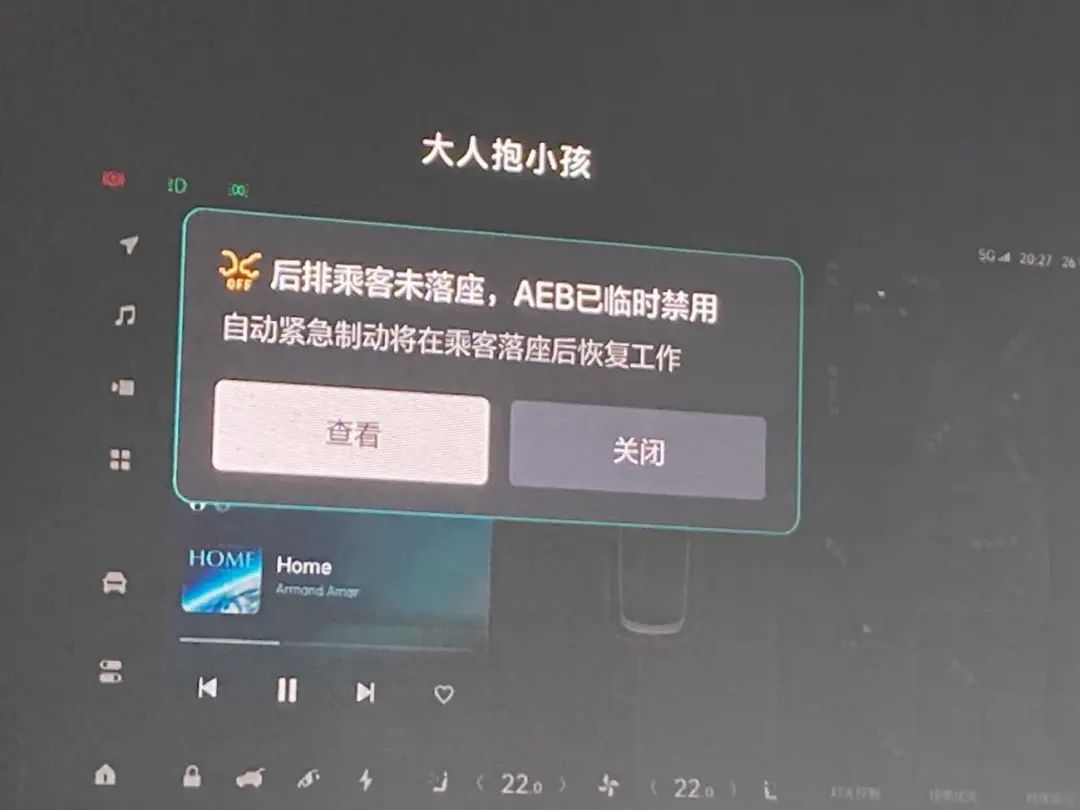
Summary
First of all, I had a lot of fun. The whole process of attending the Ideal Safe Driving Academy was great, and the different activities were exciting. Many of the activities were completely new to me, especially the off-road driving on inclines, the cross-axle challenges, 40° steep slopes, 50cm of water crossings, etc., and I had a great time.
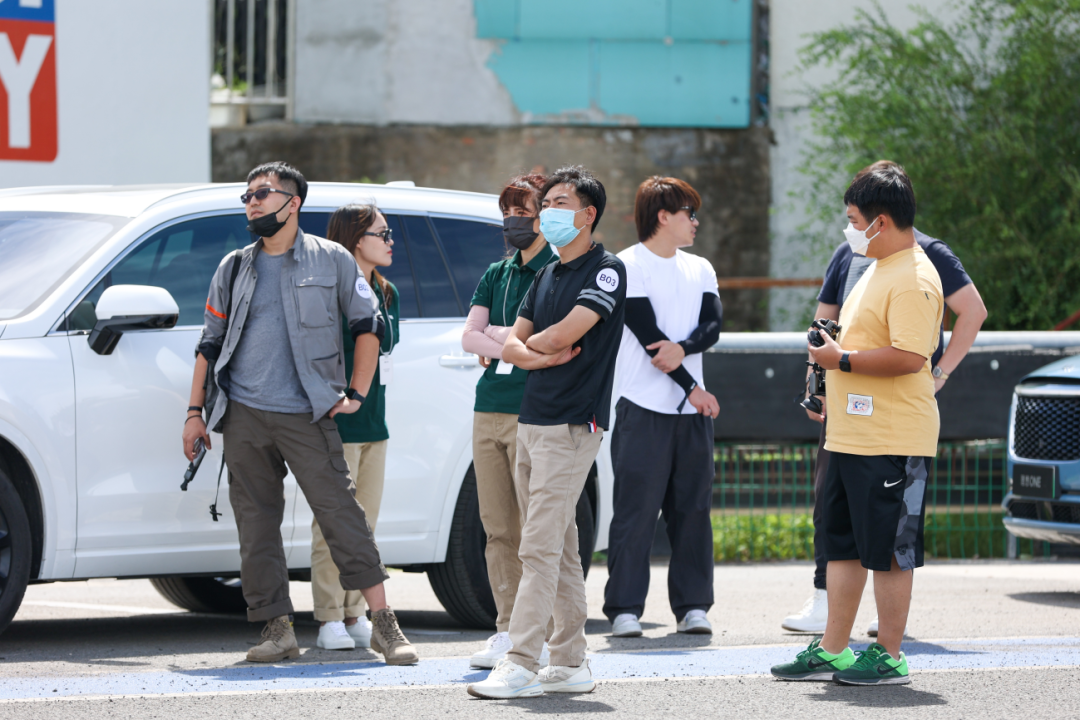
However, considering the purpose of the Ideal Safe Driving Academy, I am somewhat dissatisfied with the success rate of these activities, which was too high.
Except for the disappearing car activity where a minor rear-end collision occurred due to frequent hard braking on the same car, all other activities were successful.
Some people might wonder, isn’t it a good thing for the driving activities to be successful?
What I want to say is, success is not always a good thing in a safe driving academy. Safety comes from vigilance, and accidents occur due to complacency. Success can make people complacent.
In my opinion, car owners who attend safe driving academies are like students preparing for the college entrance exam. After leaving the academy, car owners will have to face the test of the roads with their partners, such as the Ideal L9, for a long time. Therefore, during this final preparation phase, car owners should take out their Ideal L9 textbook and review their mistakes. Especially since the theme of the safe driving academy is boundaries, achieving success in the activities means that the boundary was never felt.

Therefore, I would like to suggest to the Ideal Safe Driving Academy to set up more activities that can cause failure. These can be recorded as videos and shown to car owners. This way, the boundaries can be made clear.
Additionally, a new activity can be set up, such as applying emergency brakes while holding fake passengers of different weights to see if they can be held tightly. This will warn parents carrying children without a safety seat.
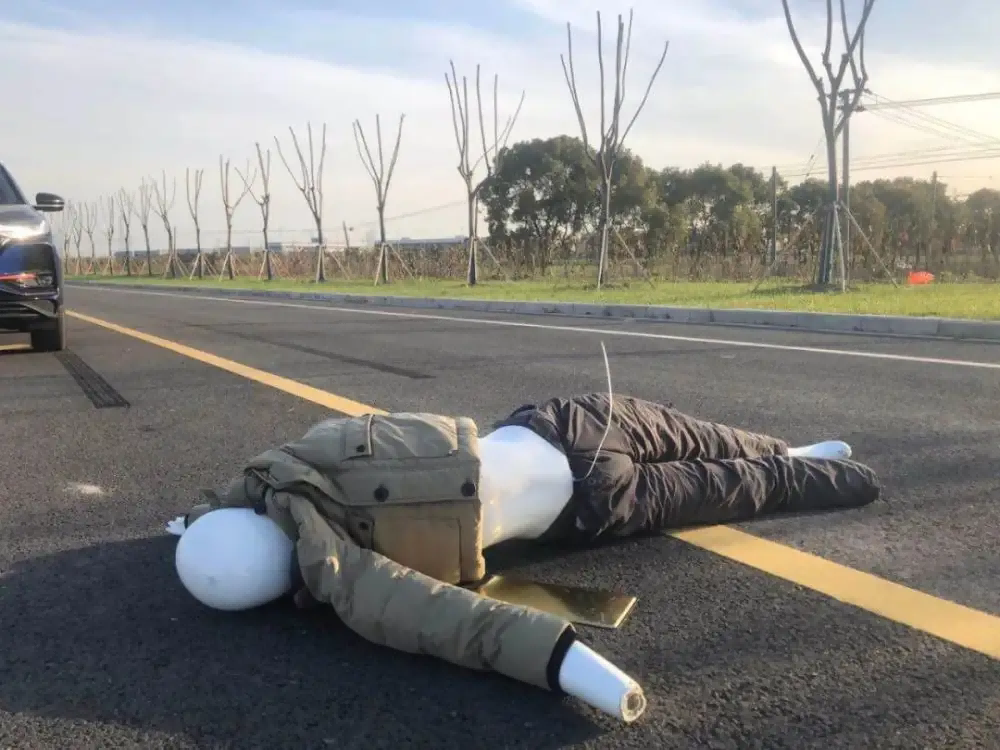 If I were to design a course, I would divide the entire learning curriculum into three parts: theoretical learning, driving experience, and assisted driving experience. This will extend and intensify the introductory section.
If I were to design a course, I would divide the entire learning curriculum into three parts: theoretical learning, driving experience, and assisted driving experience. This will extend and intensify the introductory section.
Theoretical learning may be tedious, but I believe that theoretical knowledge is important. After all, a short test drive can only cover so much, and in such cases, theoretical learning is a very effective supplement. Moreover, after learning the theory and then experiencing it in practice, one can feel more clearly, and questions like whether the LIDAR is involved in the AEB will not be asked again.
In life, we certainly hope that our friends, partners, or spouses have superior skills, but we dislike people who overestimate themselves and boast too much. Only when car owners have experienced failures due to extreme conditions and understood the boundaries of various systems, will they truly understand and remember that our family and partners – the ideal L9 can still be relied upon in daily use.
I believe that this is the significance of the Safe Driving Academy.
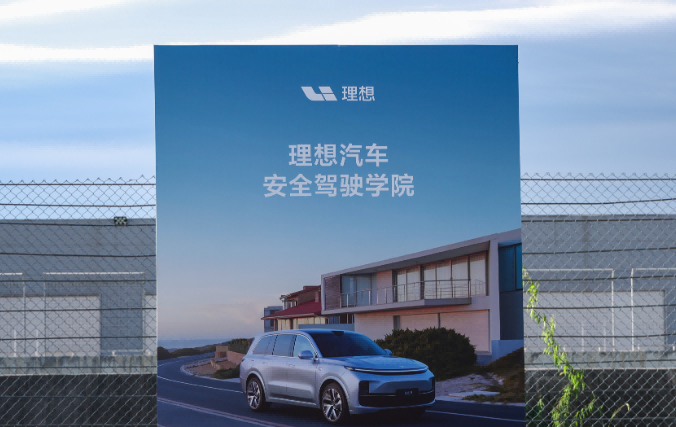
This article is a translation by ChatGPT of a Chinese report from 42HOW. If you have any questions about it, please email bd@42how.com.
